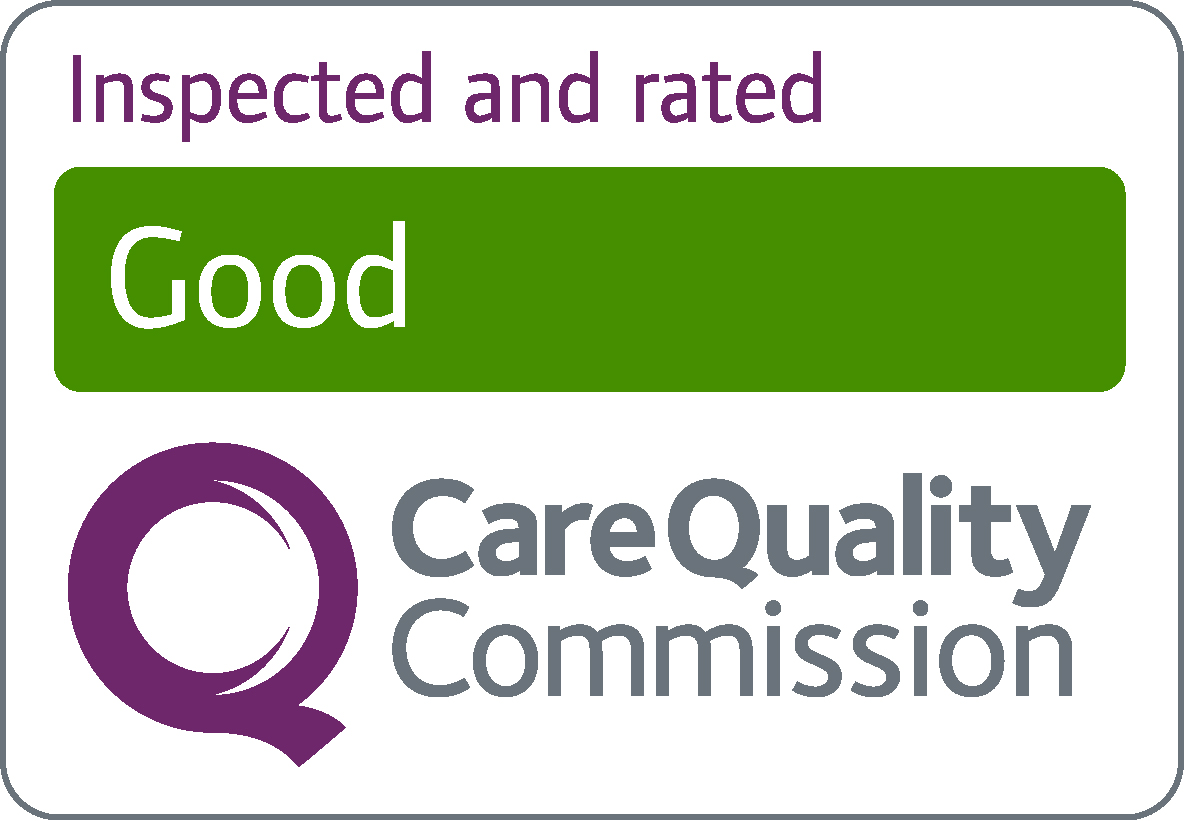Epididymitis
Symptoms of epididymitis may include:
- sudden or gradual pain in 1 or both of your testicles (balls)
- the bag of skin containing your testicles (scrotum) feeling tender, warm and swollen
- a build-up of fluid around your testicle (a hydrocele) that feels like a lump or swelling
Depending on the cause, you may have other symptoms, such as difficulty peeing, or a white, yellow or green discharge from the tip of the penis.
Epididymitis is usually caused by a sexually transmitted infection (STI), such as chlamydia or gonorrhoea. This is more likely in younger men under 35 years old. In men over 35, the main cause is usually a urine infection.
If testing shows that your epididymitis is caused by a STI, it may be recommended that your current or recent sexual partners (over the past 6 months) are also tested for STIs.
It can also be caused by a urinary tract infection (UTI), but UTIs are less common in men.
A UTI is more likely if you have:
- an enlarged prostate gland
- a urinary catheter
- recently had surgery to the groin, prostate gland or bladder
Less common causes of epididymitis include:
- mumps
- tuberculosis
- taking amiodarone, a medicine used to treat heart rhythm disorder
- a groin injury
- Behçet's disease
See a GP if:
- you have a lump in your testicles
- you have swollen testicles
- there's a change in the shape of your testicles
- you notice a change in the way your testicles feel
- 1 testicle becomes bigger than the other
- you get aching or discomfort in your testicles that does not go away
Lumps in the testicles can be a sign of testicular cancer. This is easier to treat if it's found early.
Sexual health clinics can help with epididymitis
You can also get treatment for epididymitis at a sexual health clinic. They can provide the same antibiotics you'd get at your GP surgery.
Many sexual health clinics also offer a walk-in service, where you do not need an appointment.
Call 999 or go to A&E if:
- you get sudden, unbearable pain in your testicles or tummy
This could be caused by your testicle becoming twisted and needs to be treated in hospital as soon as possible.
If you go to a GP or sexual health clinic with symptoms of epididymitis, you'll usually need some tests first to find out the cause.
These may include:
- a groin examination
- a swab of the tube that carries pee out of the body (urethra) – to test for infection
- urine and blood tests
- a rectal examination – to check for problems with your prostate
The treatment for epididymitis is usually antibiotics. They're given as injections or taken as tablets, or a combination of both.
It's important to finish the whole course of antibiotics, even if you start to feel better.
You should start to feel better within a few days, but it may take up to 3 months to fully recover. If you still have symptoms after this, you might be referred for further tests.
If you're recovering from epididymitis, there are things you can do to help ease pain and swelling and prevent any further problems.
Do
take painkillers, such as paracetamol or ibuprofen, to help with the pain – if you have a history of seizures or fits, NSAIDs such as ibuprofen should not be taken with some antibiotics used to treat epididymitis; speak to a pharmacist about the best painkiller to use if you're unsure
hold a cold pack (or a bag of frozen peas wrapped in a tea towel) on your groin
wear underwear that supports your scrotum
Don't
do not have sex if you have gonorrhoea or chlamydia until you have finished the full course of treatment, or for 7 days after
